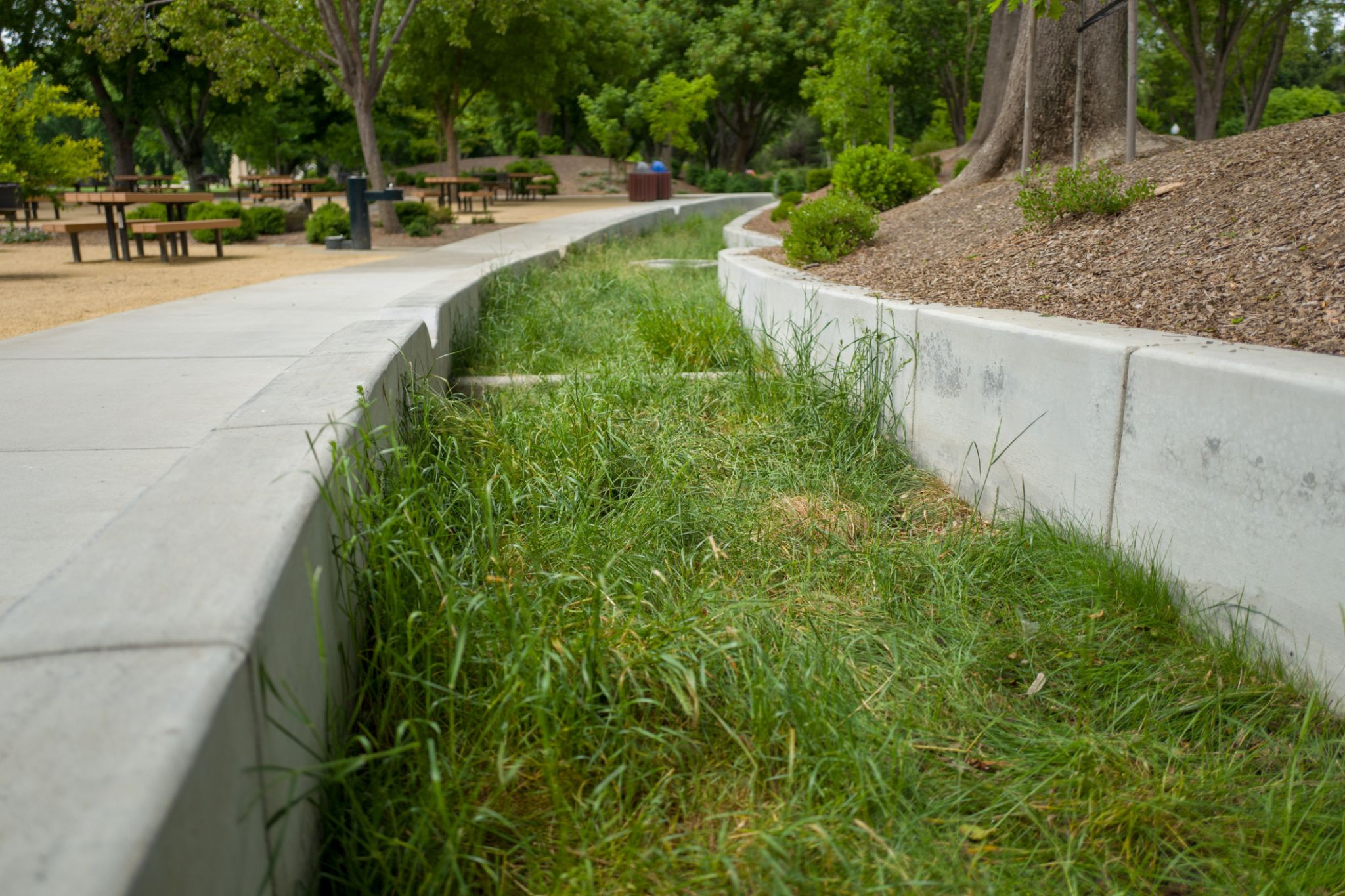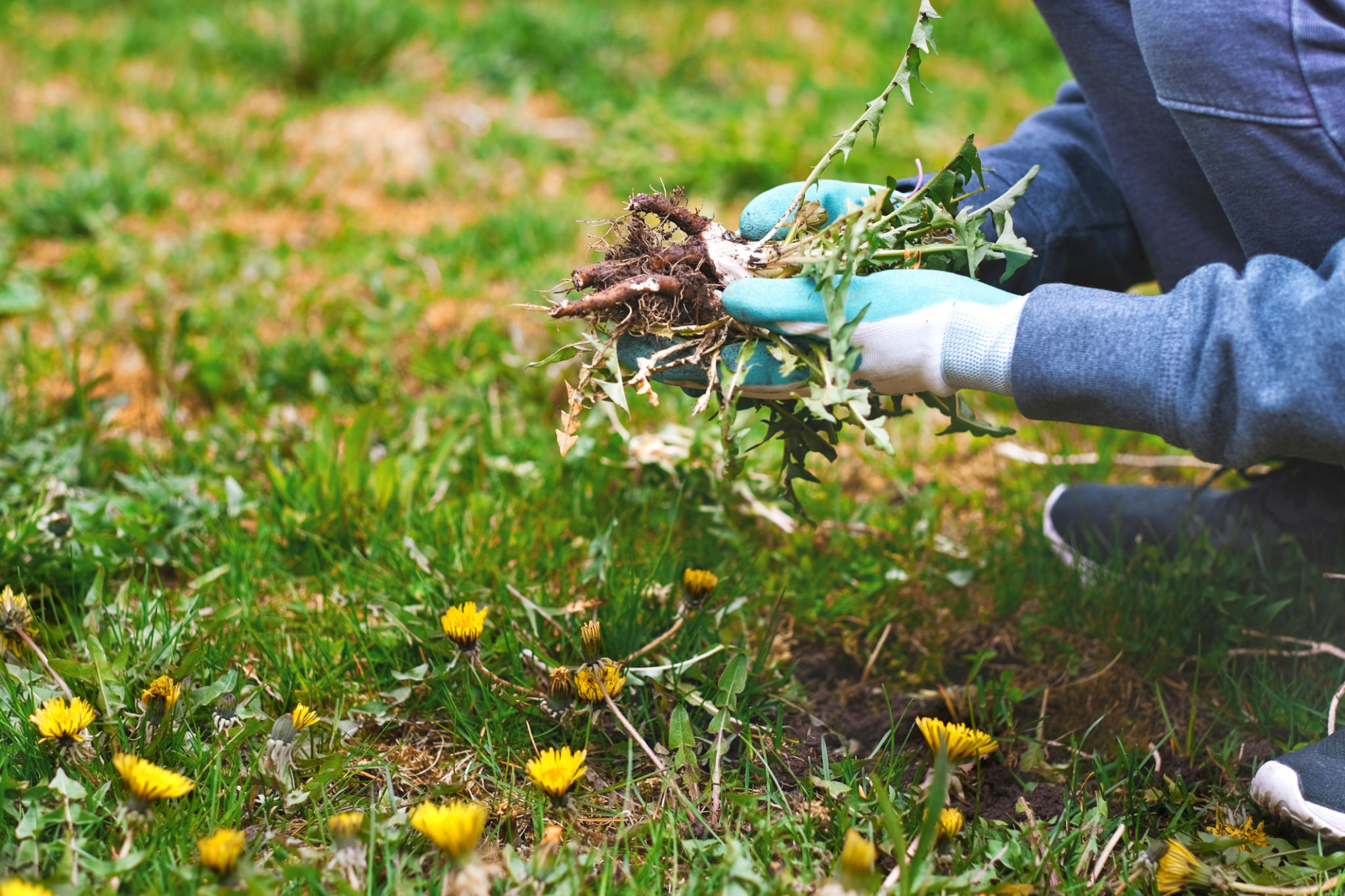Step-by-Step Guide to Evaluating Bio-Swale Projects on Your Property
Bio-swales are an effective and environmentally friendly way to manage stormwater runoff on your property. By using natural vegetation and soil, bio-swales filter and absorb water, reducing the risk of flooding and erosion. If you're considering a bio-swale project, evaluating its feasibility and effectiveness is crucial. This step-by-step guide will help you assess your property's suitability for a bio-swale installation.
Understanding Bio-Swales
A bio-swale is essentially a shallow trench filled with vegetation and permeable soil, designed to slow down, capture, and filter rainwater. They are ideal for properties with large areas of impervious surfaces, such as driveways or parking lots. Understanding the function and benefits of bio-swales is the first step in evaluating their potential for your property.
Before proceeding, it's important to understand that bio-swales offer numerous environmental benefits. They help recharge groundwater, reduce pollutants entering natural waterways, and support biodiversity by providing habitat for plants and wildlife.

Assessing Your Property
The next step is to assess whether your property is suitable for a bio-swale. Consider the following factors:
- Topography: Bio-swales require a slight slope to facilitate water flow. Check if your land has an appropriate gradient.
- Soil Type: The soil should be permeable enough to allow water infiltration. Conduct a soil test to determine its drainage capacity.
- Space Availability: Ensure there is enough space to accommodate the bio-swale without interfering with existing structures.
These factors will help you determine the feasibility of installing a bio-swale on your property.
Designing Your Bio-Swale
Once you've decided that a bio-swale is suitable for your property, it's time to design it. Here are some key considerations:
- Size and Shape: The size of your bio-swale should be proportional to the area of runoff it will manage. Consult with an expert to determine the optimal dimensions.
- Plant Selection: Choose native plants that thrive in wet and dry conditions, as they will provide the best filtration and require less maintenance.
- Material Choice: Use materials such as gravel, sand, and organic matter to enhance water filtration and support plant growth.

Installation Process
The installation of a bio-swale involves several steps. It's advisable to work with professionals who have experience in eco-friendly landscaping to ensure proper construction. The process typically includes:
- Excavating the designated area to create the trench.
- Adding layers of gravel, sand, and soil to promote drainage.
- Planting selected vegetation strategically within the trench.
A properly installed bio-swale will function effectively for years with minimal maintenance.
Maintaining Your Bio-Swale
Maintenance is crucial to ensure the longevity and effectiveness of your bio-swale. Regular tasks include:
- Weed Control: Remove invasive species that can outcompete native plants.
- Debris Removal: Clear out leaves and other debris that can obstruct water flow.
- Inspection: Periodically check for erosion or damage that may need repair.

A well-maintained bio-swale will continue to provide environmental benefits and enhance the aesthetic appeal of your property.
Conclusion
Evaluating and implementing a bio-swale project requires careful consideration of several factors. By understanding your property's needs and planning accordingly, you can create an effective stormwater management system that contributes positively to the environment. Whether you're seeking to enhance water quality, reduce runoff, or beautify your landscape, a bio-swale can be a valuable addition to your property.